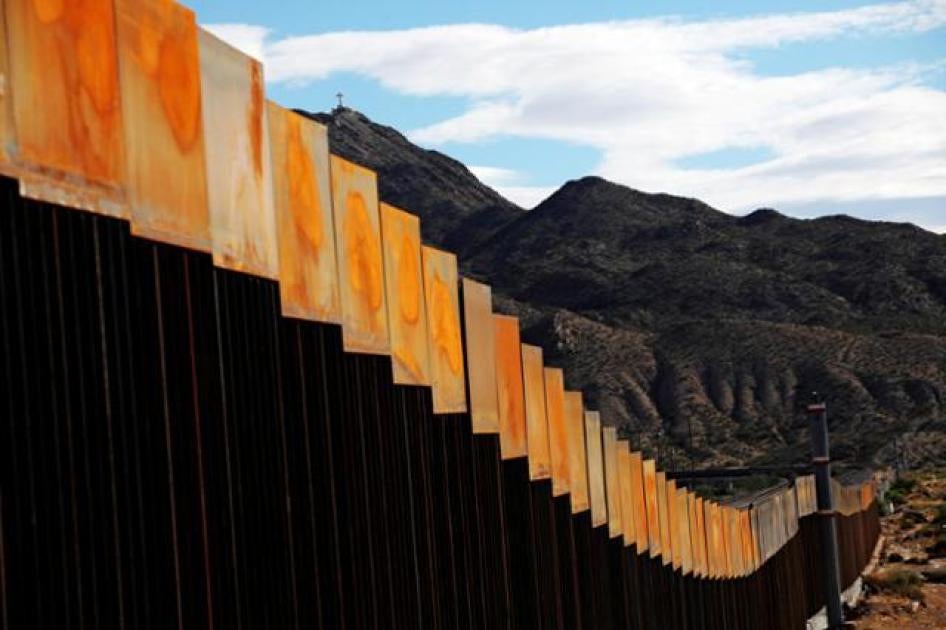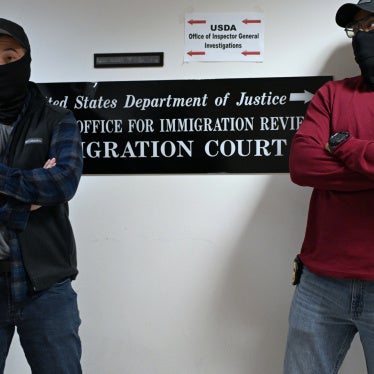In his first week as president, Donald Trump rushed to adopt policies that will deeply harm migrants, particularly asylum seekers. They will also fail to make the United States any safer.
We know this because each of his orders would expand already disastrous border policies.
The same executive order that directed the head of the Department of Homeland Security to “plan, design and construct a physical wall on the border” also told the agency to place a high priority on prosecuting unauthorized border crossers, hire more border agents, lock up migrants for longer in new detention facilities, and deputize more local police for immigration enforcement.
The effect will be to destroy due process and end humane treatment on the border.
Prosecutions of unauthorized border crossers now make up more than half of all federal criminal prosecutions, consuming a large chunk of finite resources. Federal authorities prosecute more people for crossing the border than they do for drug trafficking, murder, rape, and embezzlement combined.
Under the Obama administration, these prosecutions swept up tens of thousands of people, including parents and loved ones of U.S. citizens, who have lived in this country for a long time, putting down deep roots. These aren’t violent or dangerous criminals. Immigration reform could give them a legal way to return to their families and communities, allowing border enforcement to focus on people who might actually pose a threat.
Trump’s order also directs Homeland Security to hire 5,000 new border patrol agents and expand a detention system for people awaiting deportation hearings. Already, U.S. detention centers hold a record number of people in subpar conditions that have in recent years contributed to at least seven deaths.
A better alternative would be to devote these resources to fixing the enormous immigration court backlog and providing due process to people going through these courts. Studies show that cheaper, more humane community support models that don’t include detention are very effective at ensuring people show up for hearings.
Trump also directed Homeland Security to pursue agreements with local and state authorities that deputize local officers to enforce immigration law. This is also not a new policy: There were once many such agreements, but since 2008 the number has dwindled to around 30. To a significant extent, this owes to opposition from local law enforcement, which knows from experience that these agreements make communities less safe because Immigrant victims and witnesses of crime, including violent crime such as rape, are afraid to go to the police. Many local law enforcement agencies have supported disentangling their work from immigration enforcement, believing it is the best way to protect everyone’s safety.
This border wall, if built (at U.S. taxpayer expense), will probably have a lot in common with the 600 miles of barriers along the southern border already built under the 2006 Secure Fence Act. The project razed delicate environments, trampled on long-standing property rights, and cut communities in two. It was also expensive and ineffective, not to mention ugly. Every weekend, families separated by the barrier try to share intimacies through the bars while a Border Patrol car or two stands by.
Ultimately, Trump’s call for a new wall hides the ugly truth that his policies offer no new solutions. They just double down on the failed approaches of the past, which have broken families, corrupted agencies, and made the U.S. less safe, while ignoring steps that could be wins for all involved.









